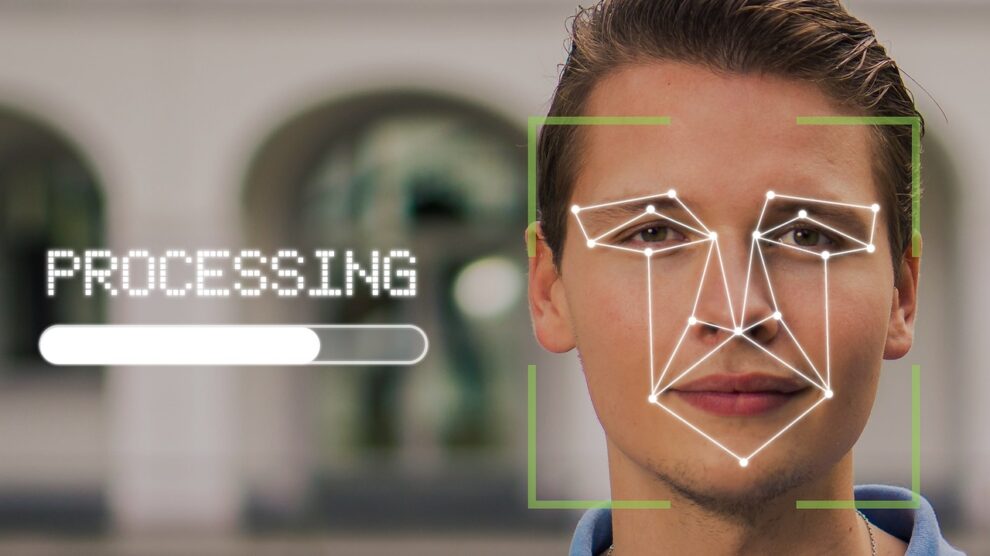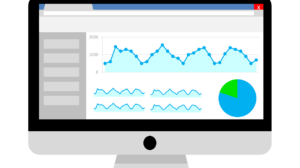As the COVID-19 crisis persists, futurists are predicting the rise of new technologies that will shape the world after things get back to normal — or should we say, the new normal? In the wake of a global pandemic, face recognition technology is being recognized as one of the leading solutions for securing spaces.
History of Facial Recognition
Facial recognition has been around since the 1960s, when Woodrow Wilson Bledsoe invented a manual system to recognize photos of faces using the RAND tablet. The breakthrough for the industry came in the last decade with the advent of artificial intelligence and deep learning technology. In 2010, Facebook became the first business to start using face recognition for recognizing people’s faces in photos.
From there on, facial recognition has mainly been used by law enforcement to identify security threats, by airports to facilitate passengers, and by the military to recognize dead bodies; including that of Osama Bin Laden. The full scale adoption and usage of the technology by mainstream businesses has been moderate and sluggish, until now.
Face Recognition for Workplace Safety
In the immediate future, employers need to make workplaces safer and more hygienic for everyone. Facial recognition is being perceived as key to shifting from contact-based security and access control systems to touchless and germless processes. Going a step further, many facial recognition companies are promoting the use of the technology to actively monitor people’s health and initiate isolation or quarantine procedures when a person is recognized with symptoms.
Let’s take a closer look at the benefits of face recognition for workplace safety after COVID-19.
Facial Recognition for Access Control
Legacy office entry systems such as pin pads, fingerprint scanners, and key cards involve the use of common touch surfaces; and hence are a risk for spreading infections. Workers may not be comfortable touching push buttons or scanners in the post-pandemic workplace. Face recognition based access control enables authorized users to unlock doors just by looking at the face reader.
Swiftlane, a touchless office access company, had already been working on a safer, quicker, and more reliable office entry system for nearly a year when the crisis hit. Right now, the company is facing a spike in the number inquiries for its face recognition and mobile app based access control system.
“No touch means no germs, no infections,” says Swiftlane’s CEO and founder Saurabh Bajaj. “Our latest facial recognition technology delivers a completely touchless entry experience, assuring employees and visitors that they’re entering a safe and responsible company.”
Facial Recognition for Active Health Monitoring
Face recognition is being increasingly seen as a viable method to monitor people’s health for symptoms of COVID-19 infection. Telpo, the world’s leading smart terminals and solutions provider, has introduced facial recognition thermometers to help prevent and control epidemics.
For access control, walk-through infrared scanners can be used in conjunction with face recognition to identify a sick person while entering the office. The video and photo surveillance data can then be used to recognize people entering the building immediately after the infected individual and initiate isolation or quarantine procedures. The technology is also useful for monitoring quarantine facilities as well as lockdown breaches during pandemics.
Face analysis and deep learning technologies are already being used in healthcare to measure blood pressure and stress level as well as detect various health conditions. With the direction the world has taken after the advent of COVID-19, the day isn’t far off when facial recognition will be able to test people for infections.
Face Recognition for Physical Security
Legacy systems can make a workplace vulnerable to security threats like illegal entry or unauthorized access. Key cards can be lost, stolen, or cloned. Passwords and pins can be shared or forgotten. Facial recognition based access control provides fool proof security with its 2D/3D face reading technology. It also prevents tailgating, a practice where an unauthorized person enters a restricted area by following closely behind an authorized person entering that area.
Touchless office access systems offer multi-factor authentication based on facial recognition and mobile credentials. Business enterprises, healthcare facilities, and government organizations can implement two-factor authentication at sensitive entry points such as server rooms, quarantine areas, labs, warehouses, etc.
Modern face recognition based access control and monitoring systems are managed through the cloud, which makes them extremely convenient to adopt and use. There’s no need for on-site storage and no risk of data loss or security breach. The backend is fully managed by the provider. Users can customize and manage the system from anywhere using mobile or PC based dashboards.
Privacy Concerns Regarding Facial Recognition Technology
Facial recognition is likely to see widespread adoption in the post-COVID-19 workplace. However, the existing legislation and regulatory framework associated with facial recognition is inconsistent and complicated. There are concerns regarding how face recognition data is captured, how it is processed and stored, how it is used, and who has access to it. Additionally, the use of technology for active health monitoring may give rise to serious issues related to racial discrimination and the possibility of false positives and negatives. There is a dire and immediate need for a uniform regulatory structure to address these issues.
Facial recognition systems store critical biometric data hence it’s important that companies ensure their providers are taking necessary steps to secure access to this data. It’s also important that facial recognition systems perform 2D and 3D face checks to prevent spoofing attacks, so that no one can hold up a photo or video of a person and obtain access.





